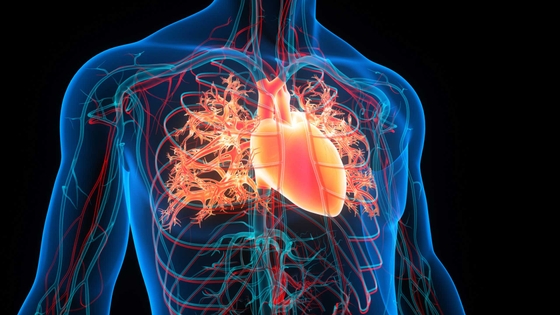Optimal treatment of atrial fibrillation in patients with cardiac dysfunction and scar
/
Optimal treatment of atrial fibrillation in patients with cardiac dysfunction and scar
Dr Louise Segan, Baker Heart and Diabetes Institute
2020 Health Professional Scholarship
Years funded: 2021-2024
Atrial fibrillation (AF) is an irregular heart rhythm commonly seen in patients with heart failure. Heart failure often occurs due a weakened heart muscle resulting in breathlessness, fatigue and fluid retention. AF can cause or worsen heart failure. Some patients experience improvement in symptoms and heart function if the rhythm is restored to a regular rhythm (sinus rhythm), achieved through a minimally invasive procedure 'Catheter Ablation'. Previous studies suggest catheter ablation is beneficial where AF is thought to contribute to weakening of the heart muscle.
The CAMERA-MRI II study will assess whether catheter ablation is able to achieve better improvements in heart function, symptoms and survival compared to medical therapy in those with AF and heart failure who have established structural changes (scarring on MRI). This study will involve MRI and other assessments before the treatments and during follow up at specific time intervals.
This study will also evaluate changes in the heart chambers using ultrasound and MRI and determine whether these changes correlate to improvements in patient outcomes. Moreover, we hope this study will help to better predict which patients with AF and heart failure will benefit most from catheter ablation to inform future directions in heart failure management beyond medical therapy.
The study focuses on the role of cardiac MRI as a potential risk stratification tool in identifying which patients with AF and heart failure will benefit most from catheter ablation beyond existing clinical and investigational tools. It will also, for the first time, evaluate the degree to which scarring (known as 'myocardial fibrosis') may impact on clinical outcomes, including mortality and heart failure hospitalisations in patients with AF and heart failure undergoing catheter ablation.
You might also be interested in...

New research to better control and treat life-threatening heart rhythm disorders
New research funded by the Heart Foundation aims to boost surgery success rates for life-threatening heart rhythm disorders (arrhythmias), leading to fewer Australians needing defibrillators installed in their chests.

Atrial fibrillation clinical resources for healthcare professionals
Developed using current evidence from the Australian Clinical Guidelines for the Diagnosis and Management of Atrial Fibrillation (2018).

Atrial fibrillation clinical guidelines
Atrial fibrillation (AF) is the most common recurring arrhythmia faced in clinical practice. It’s estimated that AF is prevalent in two to four per cent of the population in developed nations, such as Australia, and causes substantial morbidity and mortality.
Last updated12 March 2024